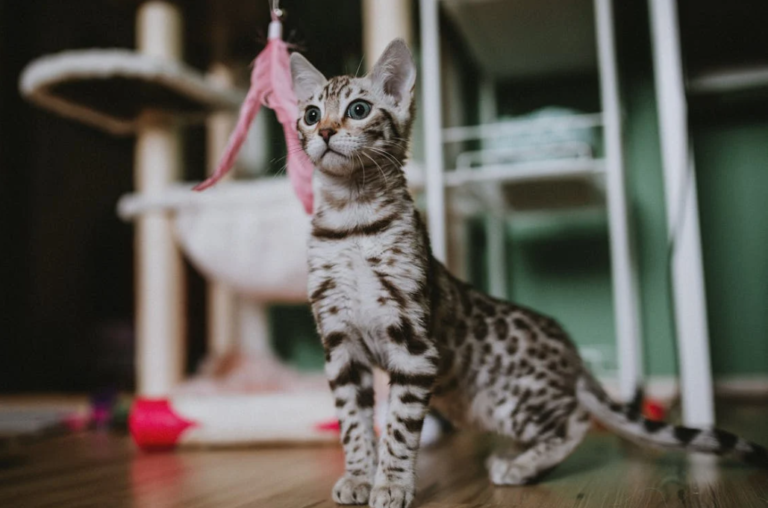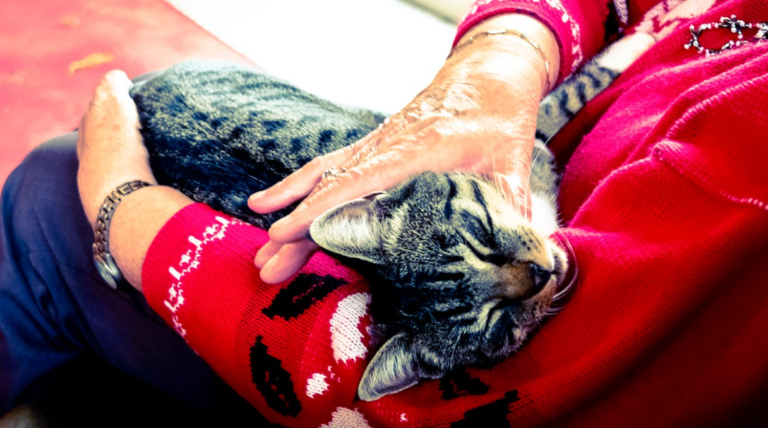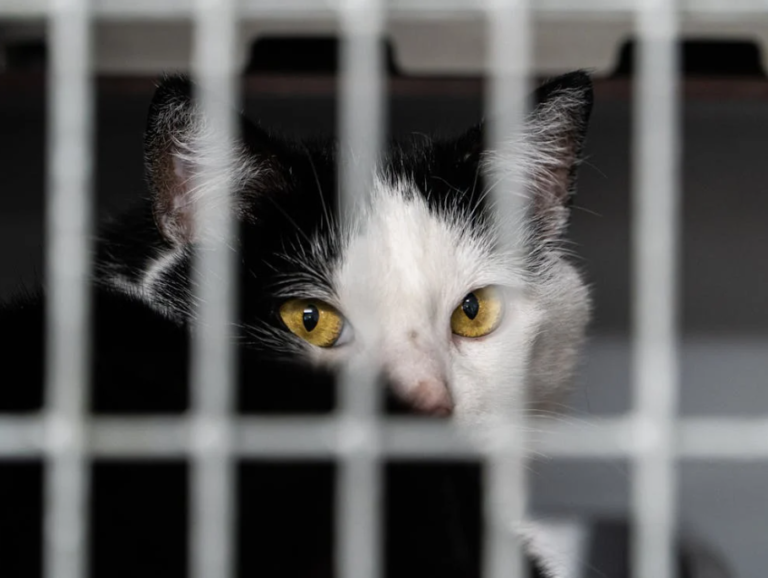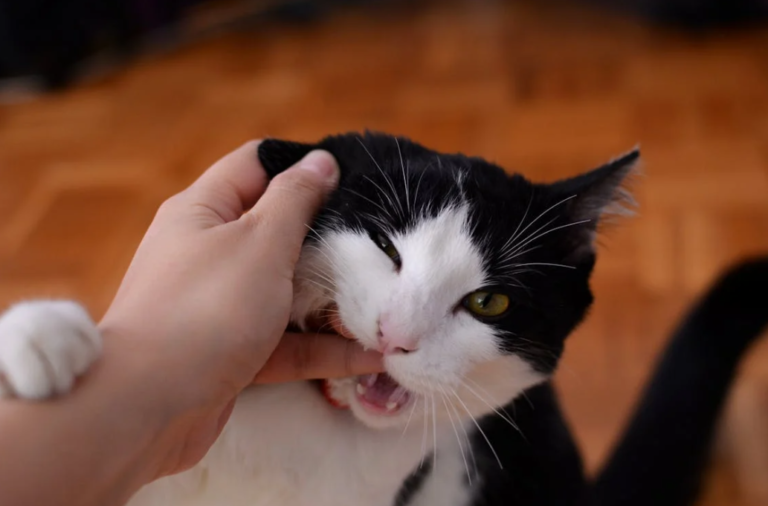Scratching is a natural behavior for cats, serving various purposes such as marking territory, stretching muscles, and maintaining nail health. However, it can become problematic when cats scratch furniture or other valuable items. Understanding why cats scratch and how to redirect this behavior is essential for keeping both your cat and your home happy.
Understanding Scratching Behavior
Cats scratch to:
- Mark Their Territory: Scratching leaves both a visual mark and a scent mark from glands in their paws.
- Stretch Muscles: Scratching helps cats stretch their bodies and flex their feet and claws.
- Sharpen Claws: It helps remove the outer layer of dead claw and keeps their claws sharp.
- Relieve Stress: Scratching can be a way for cats to release pent-up energy or frustration.
Providing Appropriate Scratching Surfaces
The key to preventing destructive scratching is to provide your cat with appropriate alternatives. Here’s how:
- Scratching Posts: Offer a variety of scratching posts and pads made of materials like sisal, cardboard, and wood. Ensure they are tall and sturdy enough for your cat to stretch fully. Consider options like the SmartCat Ultimate Scratching Post and the PetFusion Ultimate Cat Scratcher Lounge.
- Horizontal and Vertical Surfaces: Some cats prefer horizontal surfaces, while others prefer vertical ones. Provide both types to meet your cat’s preferences. The PAWMONA 3 Story Cat Tree Condo offers a combination of heights for this purpose.
- Location Matters: Place scratching posts in areas where your cat likes to scratch, such as near their favorite resting spots or close to where they already scratch. This ensures they will use the posts and not your furniture.
Making Furniture Less Desirable
While providing scratching posts, make your furniture less attractive to your cat:
- Cover Surfaces: Use double-sided sticky tape, aluminum foil, or plastic covers on furniture to deter scratching. You can also try products like the Petlinks Scratch Stop Deterrent Spray to keep your cat away from specific surfaces.
- Furniture Placement: Place scratching posts next to furniture your cat likes to scratch. Gradually move the posts away once your cat starts using them regularly. Consider using the PetSafe SSSCAT Motion-Activated Cat Spray to prevent your cat from scratching areas where you don’t want them to scratch.
Training and Encouragement
Encourage your cat to use the scratching posts through positive reinforcement:
- Catnip and Toys: Use catnip or toys to attract your cat to the scratching posts. Consider using Pet Craft Naturals Catnip Spray or SmartyKat Skitter Critters Catnip Cat Toys to make the scratching posts more appealing.
- Positive Reinforcement: Reward your cat with treats and praise whenever they use the scratching post. This will help reinforce the desired behavior and encourage them to keep using the scratching post.
- Avoid Negative Reinforcement: Do not punish your cat for scratching inappropriate surfaces. Instead, calmly redirect them to the scratching post. Using positive reinforcement and redirection will help your cat learn the appropriate places to scratch without causing them stress or fear.
Regular Nail Care
Regularly trim your cat’s nails to minimize damage from scratching:
- Nail Trimming: Use proper nail trimmers designed for cats and trim their nails every few weeks. Consider using Resco Cat Nail Clippers or Peticare Nail Clipper with LED Light for effective and safe trimming.
- Nail Caps: Consider using nail caps as a temporary solution to protect your furniture. Products like Soft Claws Nail Caps or Purrdy Paws Soft Nail Caps can be a great option.
By understanding and addressing the reasons behind your cat’s scratching behavior, you can effectively redirect them to appropriate surfaces and protect your furniture. Providing suitable scratching alternatives, using positive reinforcement, and maintaining regular nail care will help you and your cat live harmoniously.
Learn more about cat behavior on our website.












